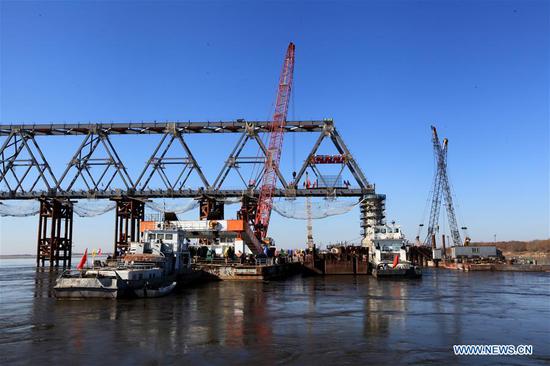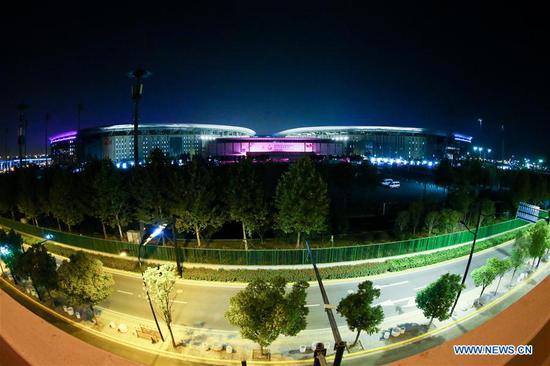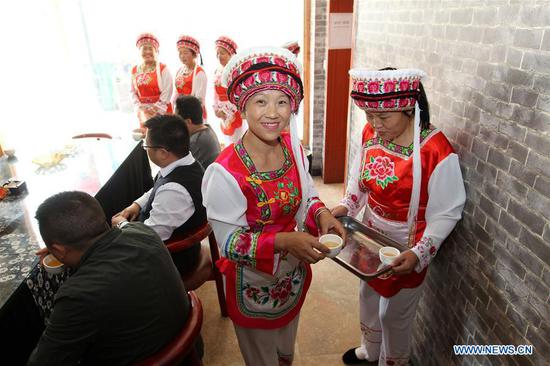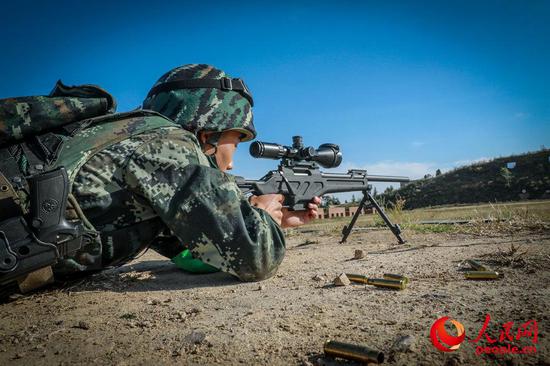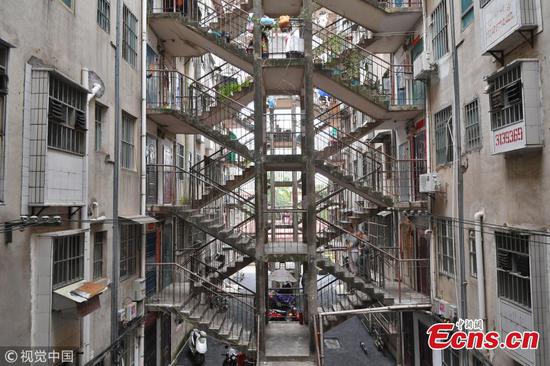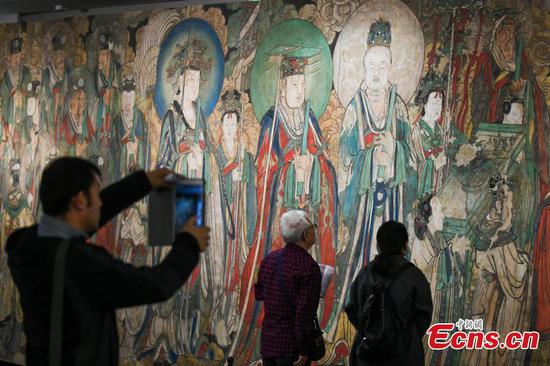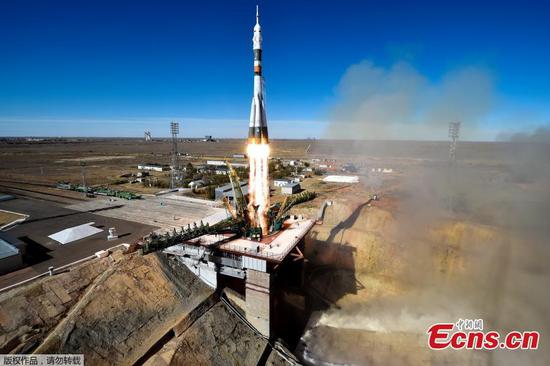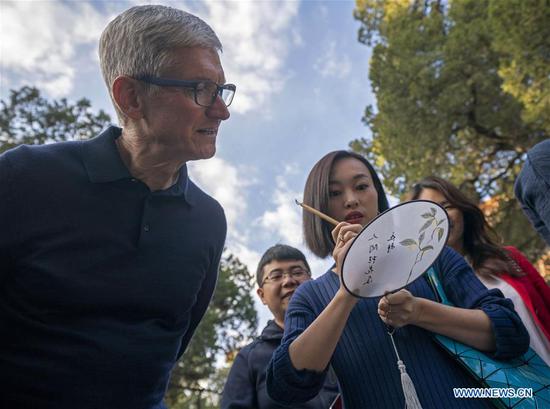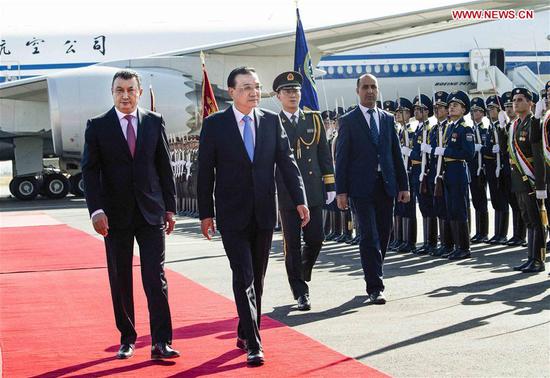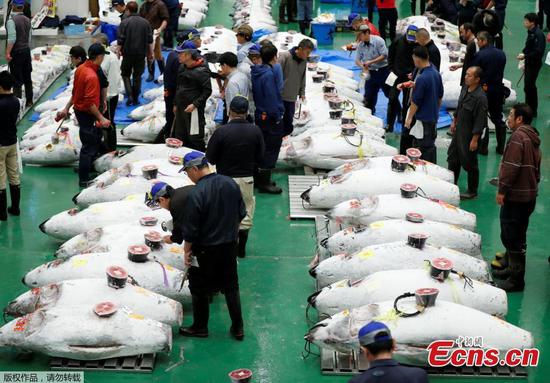Central bank: Achievements due to prudent monetary policy, liquidity
The resilience of China's financial system has improved as the government effectively tamed credit expansion despite ongoing global economic downside risks such as heightened trade tensions, according to the central bank governor.
Overall leverage level in China's economy have stabilized since last year, when the country actively pushed forward an orderly deleveraging process, People's Bank of China Governor Yi Gang stressed at meetings of the International Monetary and Financial Committee in Bali, Indonesia, over the weekend.
The macro leveraging level is usually measured by a ratio of the combined outstanding debt of the corporate, government and household sectors to GDP. It was 250.3 percent in 2017, up 2.7 percentage points from a year earlier, a slower growth from the average seen between 2012 and 2016, according to the PBOC.
The latest calculation from the Chinese Academy of Social Sciences, a leading think tank, indicated that the macro leverage ratio stabilized at around 242.7 percent by the first half this year. The ratio for nonfinancial corporations declined to 156.4 percent from 157 percent in the first quarter. And the leverage level for financial institutions fell to the lowest level since 2014, at around 64.3 percent.
The deleveraging campaign has contributed to a slower buildup of risks in the financial sector, the International Monetary Fund revealed in recent research.
"China's overall financial conditions have remained broadly stable," said the IMF October 2018 Global Financial Stability Report, although deleveraging has also led to tighter financial regulation and less favorable credit conditions for weaker borrowers.
The central bank governor attributed the achievements to the continuity of a prudent monetary policy and effective measures that kept liquidity appropriate and ample.
The deeper opening-up in the financial sector, along with the market-based reforms of exchange rate regimes, also stabilized the financial system as well as kept the renminbi exchange rate broadly stable at an adaptive equilibrium level, Yi said on Saturday.
But the deleveraging process is far from complete, said Xie Deren, a professor at Tsinghua University's School of Economics and Management. "For the next step, financial regulators are expected to push forward structural deleveraging, which requires diversified measures based on assessing specific credit conditions in different corporations."
Within the tight financial regulatory environment, some companies will have to stabilize leverage ratios, but others may need to firmly reduce their debt ratio through market-oriented mechanisms or even via compulsory means, Xie said.
Recently, Chinese authorities have eased monetary policy to offset external pressures and the impact of tighter financial regulations. Measures include an injection of liquidity via cuts to the reserve requirement ratio and through lending facilities.
The recent escalation in trade tensions has had a notable impact on the global economy, and collective and constructive efforts are needed to seek solutions, Yi said.
He also highlighted that domestic demand continues to be the key driver of China's economic expansion as consumption growth remains strong.
China will continually implement its commitment to deepening reform and further opening up as the way forward to address various challenges, he added.
Attendees of the IMFC meetings broadly agreed that the global recovery is increasingly uneven, and some of the previously identified risks have partially materialized. Risks are increasingly skewed to the downside amid heightened trade tensions and ongoing geopolitical concerns, they said.











